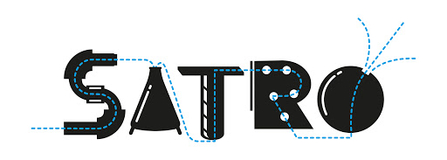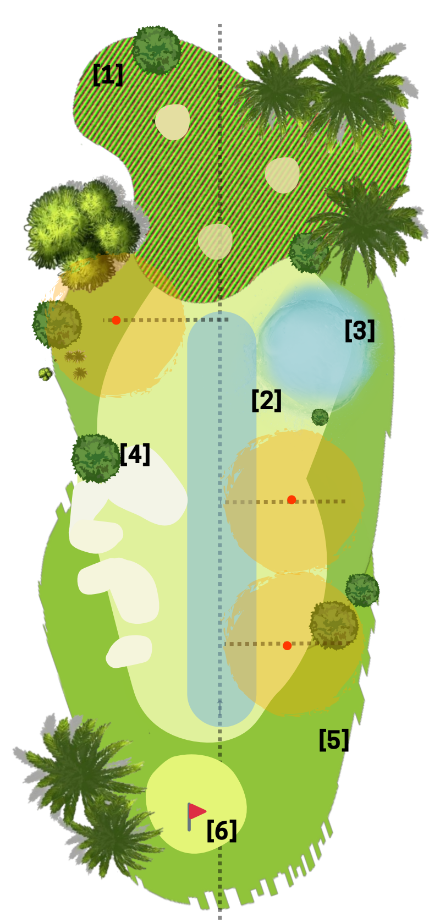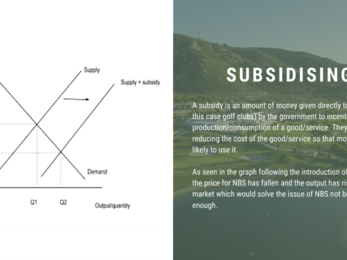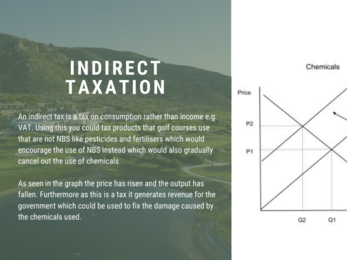Every year, Surrey Wildlife Trust provides projects for the SATRO Research Work Placement scheme, producing some fantastic results. SATRO organise research placements for students aged 16+ to undertake a genuine STEM (Science, Technology, Maths and Engineering) based research project, working within an employer or academic research environment. The placement runs for four weeks during the Summer, enabling students to work alongside qualified professionals and experts.
This summer we worked with four students, split into two teams looking at two different angles of Nature Based Solutions. The second group, Isaac and Jennifer, looked at how we could use Nature Based Solutions on golf courses, as they own a huge amount of land in the UK. They designed some custom solutions and have done some great research to help our NBS team at Surrey Wildlife Trust.
You can read Jennifer's report here and Isaac's report here.




